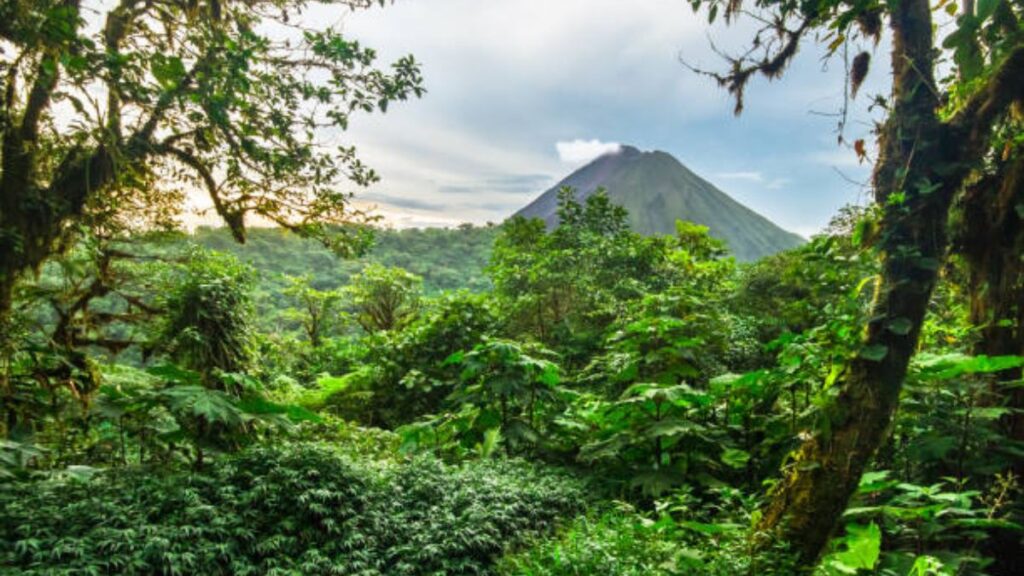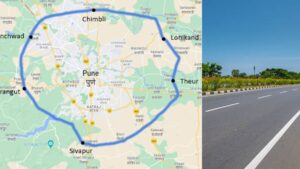New Study Connecting Reduced Rainfall & CO2 Increase Can Aid Future Conservation of Biodiversity Hotspots

The unprecedented global increase in greenhouse gases can decrease rainfall in the equatorial region with associated shifts in vegetation. This shift could transform India’s biodiversity hotspots, including the evergreen forests of the Western Ghats, northeast India, and the Andamans, into deciduous forests, according to a new study.
Deep time hyperthermal events are considered potential analogs for future climate predictions. However, data from these hyperthermal events are primarily known from mid- and high-latitude regions, with a lack of quantitative data from equatorial or tropical regions.
Researchers from the Birbal Sahni Institute of Palaeosciences (BSIP), an autonomous institute under the Department of Science and Technology, utilized fossil pollen and carbon isotope data from the Eocene Thermal Maximum 2 (ETM-2), also known as H-1 or Elmo. ETM-2, a period of global warming that occurred around 54 million years ago, provides a means to quantify the terrestrial hydrological cycle during that era.

During ETM-2, the Indian plate was near the equator as it moved from the southern to northern hemisphere. This made the Indian plate a perfect natural laboratory, providing a unique opportunity to understand the vegetation-climate relationship near the equator during this period. Leveraging fossil availability from ETM-2, researchers selected the Panandhro Lignite Mine in Kutch, Gujarat, and collected fossil pollen samples.
Analyzing the pollen, researchers found that when atmospheric carbon dioxide concentrations exceeded 1000 ppmv near the paleo-equator, rainfall decreased significantly, leading to the expansion of deciduous forests.
The study, published in the journal Geoscience Frontiers, raises critical questions about the survival of equatorial and tropical rainforests and biodiversity hotspots under increased carbon emissions. It underscores the importance of understanding the relationship between CO2 levels and the hydrological cycle, aiding future conservation efforts for biodiversity hotspots.







